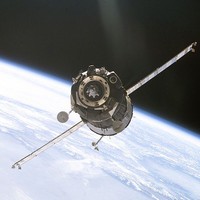On Jan. 17, the Obama administration announced its intention to support a diplomatic initiative to strengthen international norms protective of the global commons of outer space. Key norms in need of strengthening include the mitigation of space debris, especially debris produced by antisatellite (ASAT) tests; the elaboration of rules for space traffic management; and the development of procedures to increase the safety of satellite operations and human spaceflight. The Code of Conduct for responsible space-faring nations that President Barack Obama seeks would take the form of an executive agreement reflecting voluntary measures, rather than a treaty.
Space diplomacy is rarely pursued and is even more rarely successful. The last major space diplomacy success was the 1967 Outer Space Treaty that set crucial, but partial norms for the management of this global commons. The Code of Conduct initiative would build on this foundation, but many obstacles stand in the way, including partisan divisions in the United States and reservations expressed by Moscow and Beijing. The alternative to a Code of Conduct, however, is the further militarization and perhaps the weaponization of space.
The potential militarization of space was evident with the launch of Sputnik in 1957. It took little imagination to foresee how satellites could be employed to observe an adversary’s territory and to help with targeting, communications and weather forecasting -- all of which have great value in carrying out military campaigns. Generations of satellites have been placed in orbit to fulfill these functions, and yet the placement in space of weapons dedicated to the task of destroying objects in space or targets on earth has not followed in due course.

